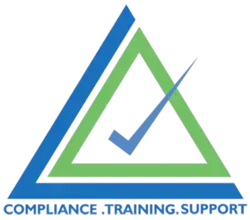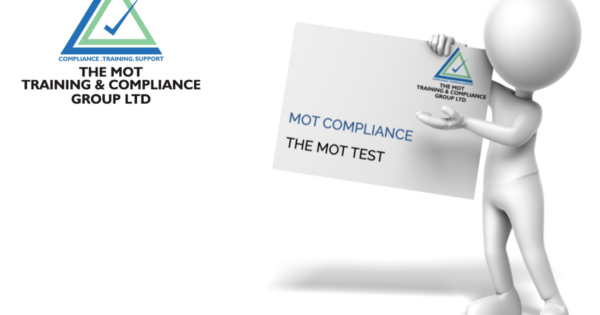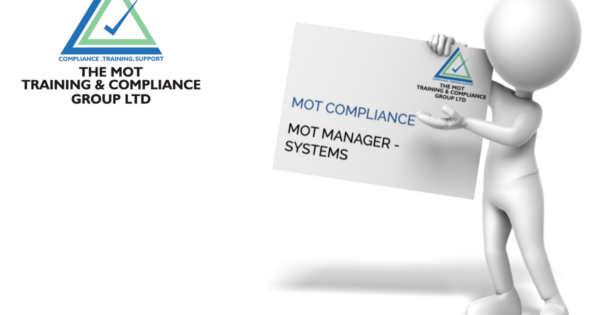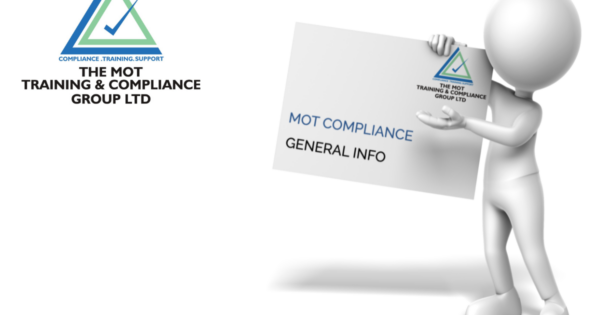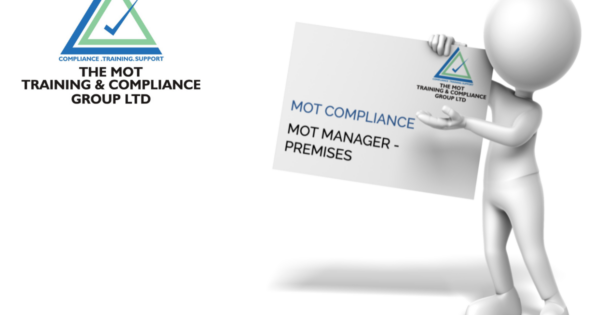MOT TRAINING AND
MOT COMPLIANCE FAQ’s
YOU ASK, WE ANSWER
Showing articles in 'MOT Compliance'...(« back to knowledgebase)
Showing 66 articles.
Mistakes can be corrected but the MOT Tester must follow the guidance laid down by the DVSA in The MOT Guide Section H. Unjustified changes could constitute fraud, dishonesty or gross negligence in the MOT testing process and you can be given 500 points which means cessation. (Read More)
No – you must not record a pass or fail MOT test result unless you have personally taken an active part in the examination of the vehicle. If you do it would come under constitute fraud, dishonesty or gross negligence in the MOT testing process and you can be given 500 points which means cessation. (Read More)
No – all equipment must be calibrated in accordance with the DVSA’s requirements and failure to do so will prevent the testing of any vehicle that requires the use of that item of test equipment. (Read More)
Print the Special Notice and ask testers to sign that they have read and more importantly, understood the content. Where appropriate, discuss with the Special Notice with the MOT Testing team and talk about how they are going to implement it. (Read More)
You need to make a manual record that shows the emissions limits were tested and met but the DSM couldn’t register the reading. Be sure to include the following information in the record and keep it for 3 months: test station number tester’s name date and time test number vehicle type vehicle registration number that the vehicle passed the emissions test (Read More)
Failing to notify the DVSA of changes, meaning that the information they hold about your company is incorrect, could result in a 500 point penalty – enough for a temporary cessation from testing! (Read More)
If the company is continuing to operate under the same company number and registration, you can continue to operate as an MOT Testing centre but you MUST notify the DVSA of the changes using the VT01 form. (Read More)
Yes – the DVSA must be notified of any convictions relating to MOT Testers as per the guidance in the MOT Testing Guide: Appendix 7 convictions and repute. Details should be emailed to MOTadministration@dvsa.gov.uk (Read More)
To conduct a quality assurance check, either closely observe a full MOT test being carried out or re-check a vehicle just before the MOT tester signs off. Whilst making your observations you should make notes on the VT29 and then discuss these notes with the tester at the end. Agree any actions that may be required and both parties to sign off. (Read More)
Any qualified MOT tester can carry out a Quality Control check. (Read More)
Have a procedure and keep good records to reassure the DVSA that you are doing Quality Control (QC) checks correctly. Use the second page of the VT29 document, this has all the details of the MOT tester and who the tester is printed at the top of the page. There is a large blank space for the Quality Controller to add their comments/observations of the test/tester. Both parties should sign this document that they agree on the written notes. Keep these documents for 12 months. Having detailed notes rather than “good test” or similar will go a long way to reassuring DVSA that you are diligently carrying out your mandatory QC checks. (Read More)
Whilst it is no longer a requirement to record Quality Control (QC) checks on the MOT system a DVSA Inspector will want to see evidence of the QC checks that have been conducted. The best paperwork for this is the second page of the VT29, it contains all the test information and has a large blank space for the QC to record his comments and observations of the test/tester they are checking. (Read More)
VTSs now use many different approaches for quality management at their sites. For example, some AEs now use third parties and software to advise them. Whatever a site uses there needs to be evidence of what they have done to put in place the necessary adequate systems for the management of the quality of testing at their garage or garages. More information can be found in The MOT Guide, B6 (Read More)
The frequency you should carry out a Quality Control (QC) check is (typically) expected to be ONE per tester every TWO months. However, this is based on the average garage throughput of 2-3 tests per day for experienced testers. So, frequency should be varied to reflect the volume of tests done or any other special circumstances, such as a tester’s experience. For example, if a tester is inexperienced and completing one test a day, or very experienced and doing twice the average of 2-3 tests per day … you should consider increasing the checks to once a month. (Read More)
An MOT Consultant is an external DVSA approved resource that can provide their experience and guidance to help your business remain compliant with all DVSA requirements and updates. They can also take on the role of an AEC and, for example, will check test quality information, test logs, tester annual assessment certificates and site review outcomes. You can assign the authorised examiner consultant (AEC) role in the MOT testing service to consultants you use to provide advice on MOT standards and how to run your centre. – Gov website This lets the consultant view: test quality information test logs tester annual assessment certificates site review outcomes (Read More)
If you fail to log off an MOT test, it’s possible that the MOT Tester and/or the MOT Testing Station could lose their MOT Testing license. (Read More)
The guidance is Appendix 8, Section 5f of the MOT Guide (Read More)
To ensure you comply with the MOT Guide you must abort the MOT test and start again, carrying out the full examination again. Don’t be tempted to finish the test! (Read More)
Datum is Latin and means “something given”; the datum line is a marked point or base of reference for measurement. When it comes to MOT testing, the datum line is referenced in conjunction with headlamp testing equipment. New MOT Centres must have DVSA approved headlamp testing equipment. There must be a datum line (or lines) clearly marked as per the equipment installation manual. The MOT Guide, Section D makes reference to the need for datum lines. Information will also be found in the instruction manual of your headlamp aim equipment. (Read More)
No – To meet the requirements for the MOT test, there must be 11mm between the first two letters and the numbers, and 33mm between the numbers and the last 3 letters. (Read More)
No – all Number Plates must be produced using the Charles Wright font or they will fail the MOT test. (Read More)
Yes you do, if you miss a non-compliant Number Plate during the MOT test you’re at risk of being given 6 disciplinary points. (Read More)
The latest MOT viewing area guidance states that: “the monitor must be available to view the test when requested by the vehicle presenter, the relayed images cannot be interrupted or used for other purposes during that period, for example displaying advertisements” (Read More)
Unfortunately, the simple answer is no! Although many MOT stations say that their MOT viewing area is rarely (if ever!) used, not providing one can have serious repercussions. The official guidance can be found in MOT Guide – Section D, Requirements for Authorisation. (Read More)
An MOT viewing area can be situated in the workshop itself but, in order to be compliant with the current guidance, it must still be clearly identified as the MOT Viewing area, have safe access for the customer and have an unrestricted view of the MOT test being carried out. (Read More)
